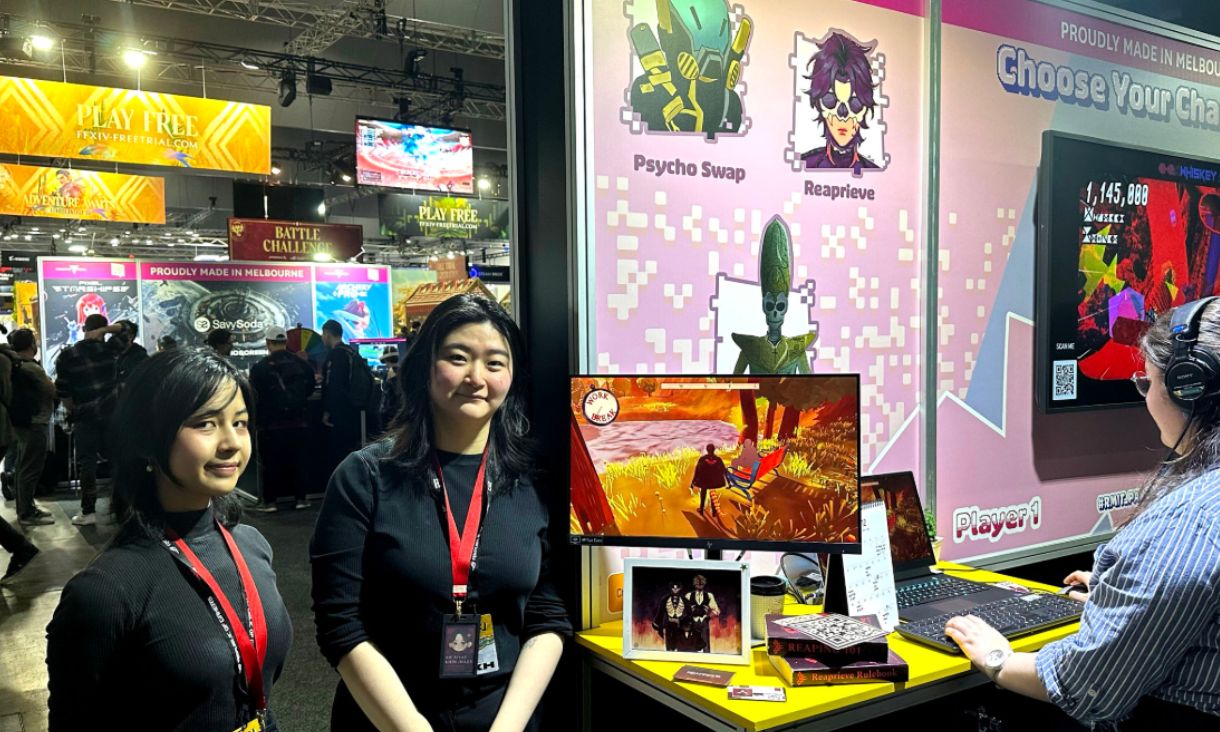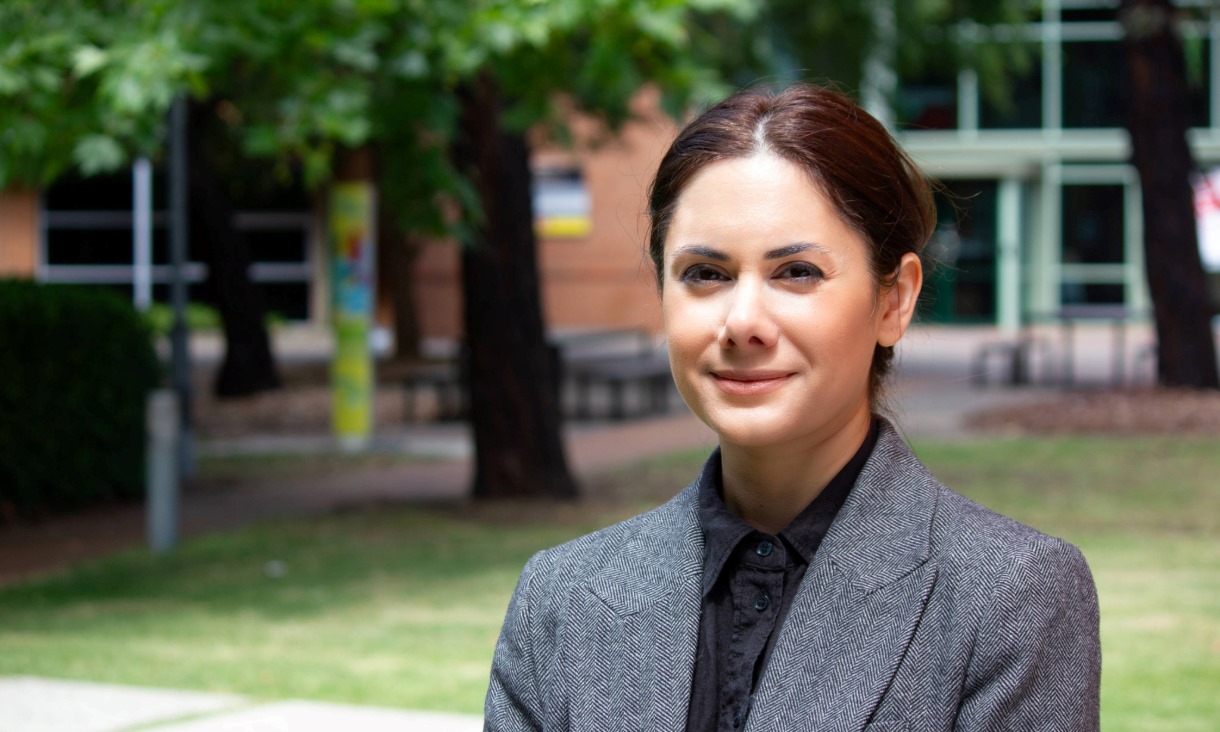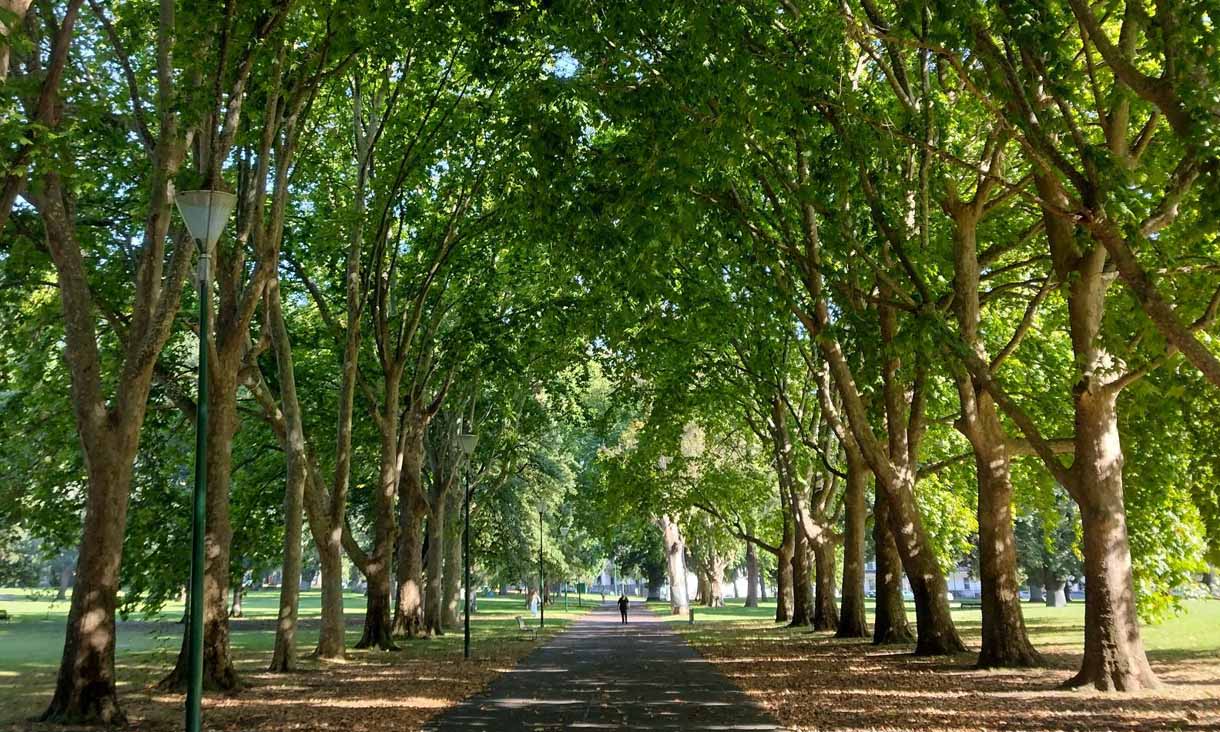RMIT shines at Melbourne International Games Week
Students, staff and alumni from the University's Bachelor of Design (Games) and Master of Animation, Games and Interactivity featured across a range of events at Melbourne International Games Week 2024.
Study calls for city fashion waste shakeup
With most donated clothes exported or thrown away, experts are calling for a shakeup of how we deal with the growing fashion waste issue.
Times Higher Education ranks RMIT 22nd globally for interdisciplinary research
RMIT has ranked 22nd globally out of 749 research-intensive universities worldwide in Times Higher Education’s inaugural Interdisciplinary Science Rankings.
Major Australian cities fail international tree canopy goals: study
New research measuring access to nature for eight major global cities, including central Melbourne and Sydney, found most have inadequate canopy cover despite access to an abundance of trees.





